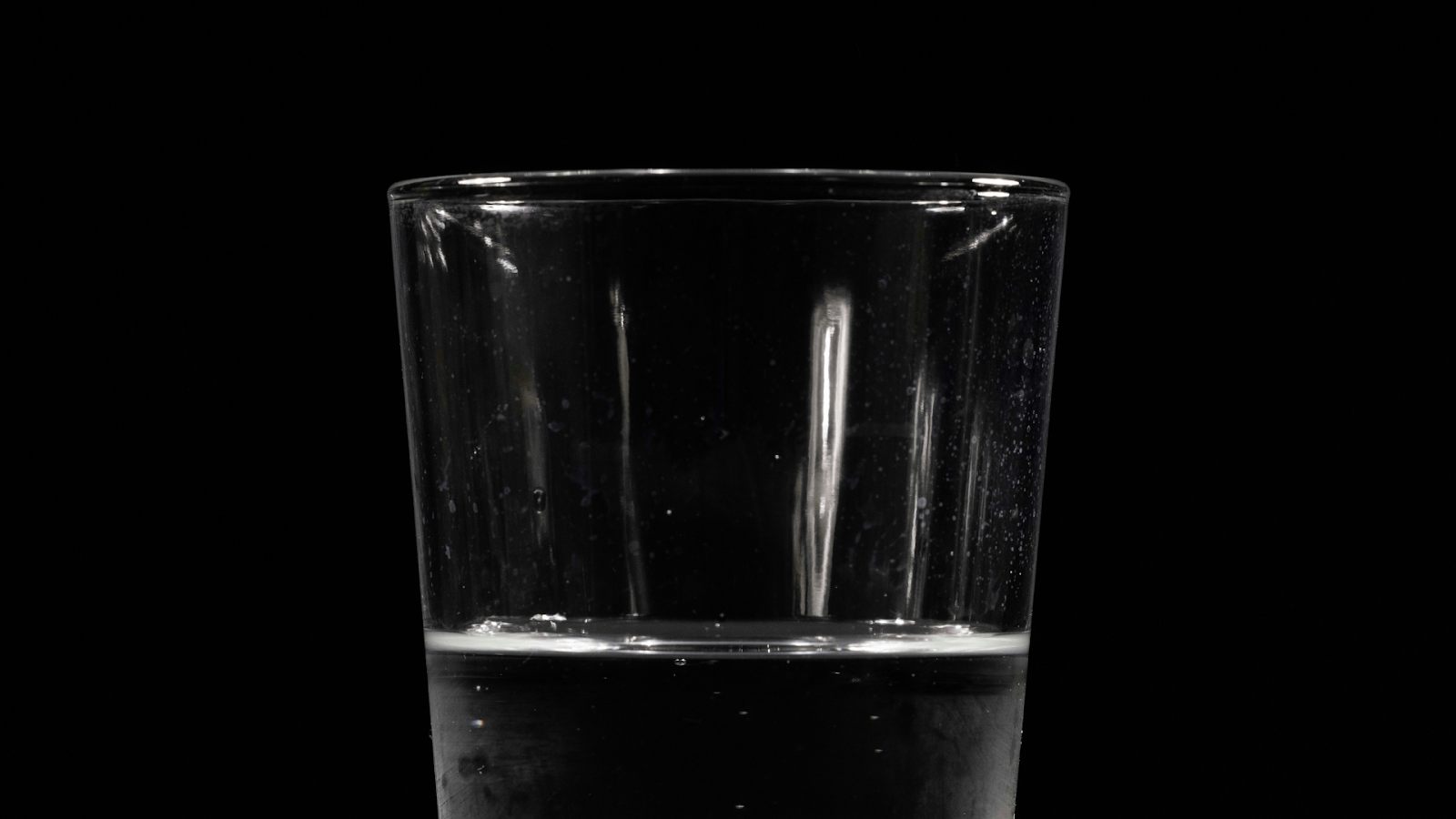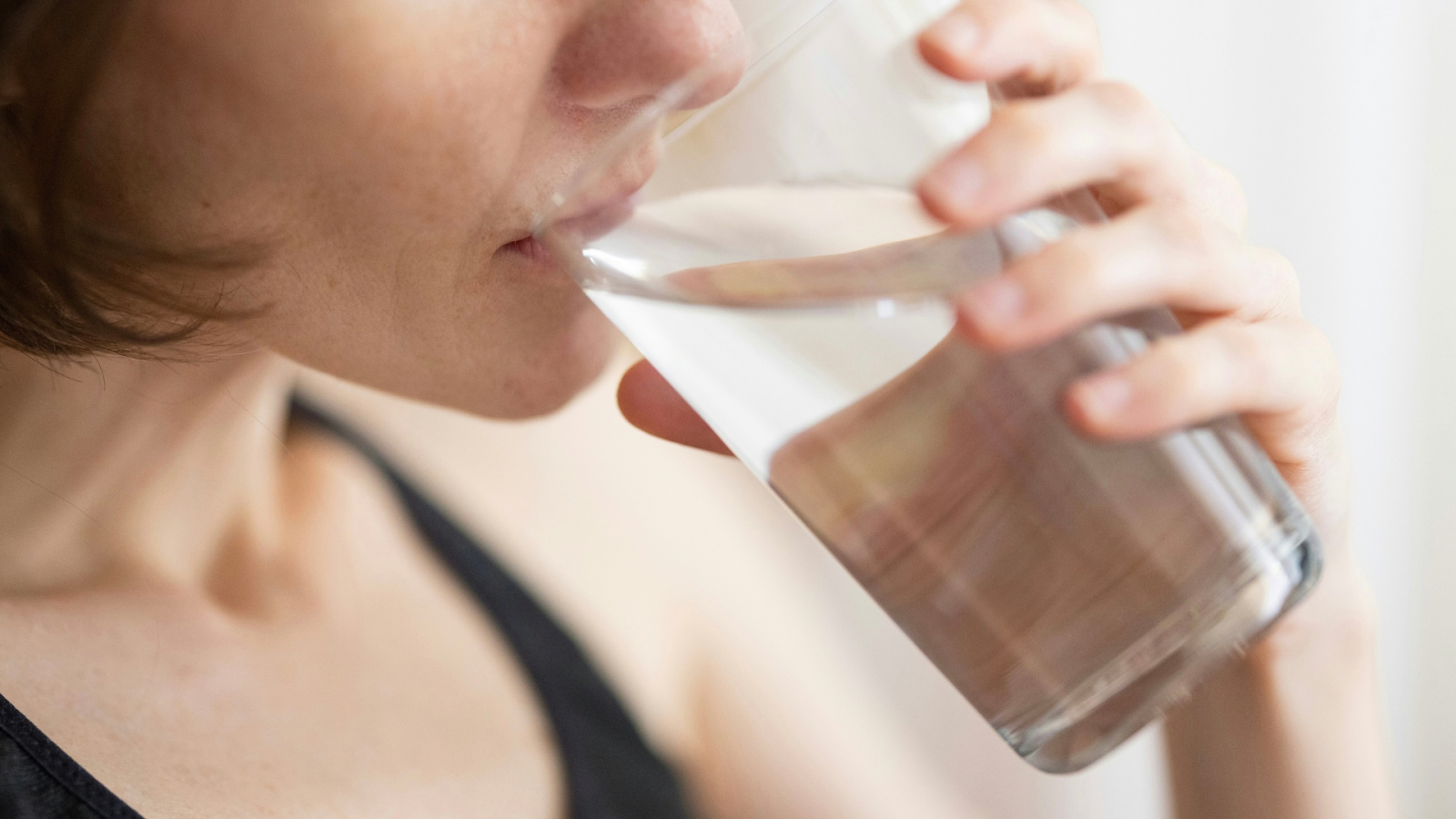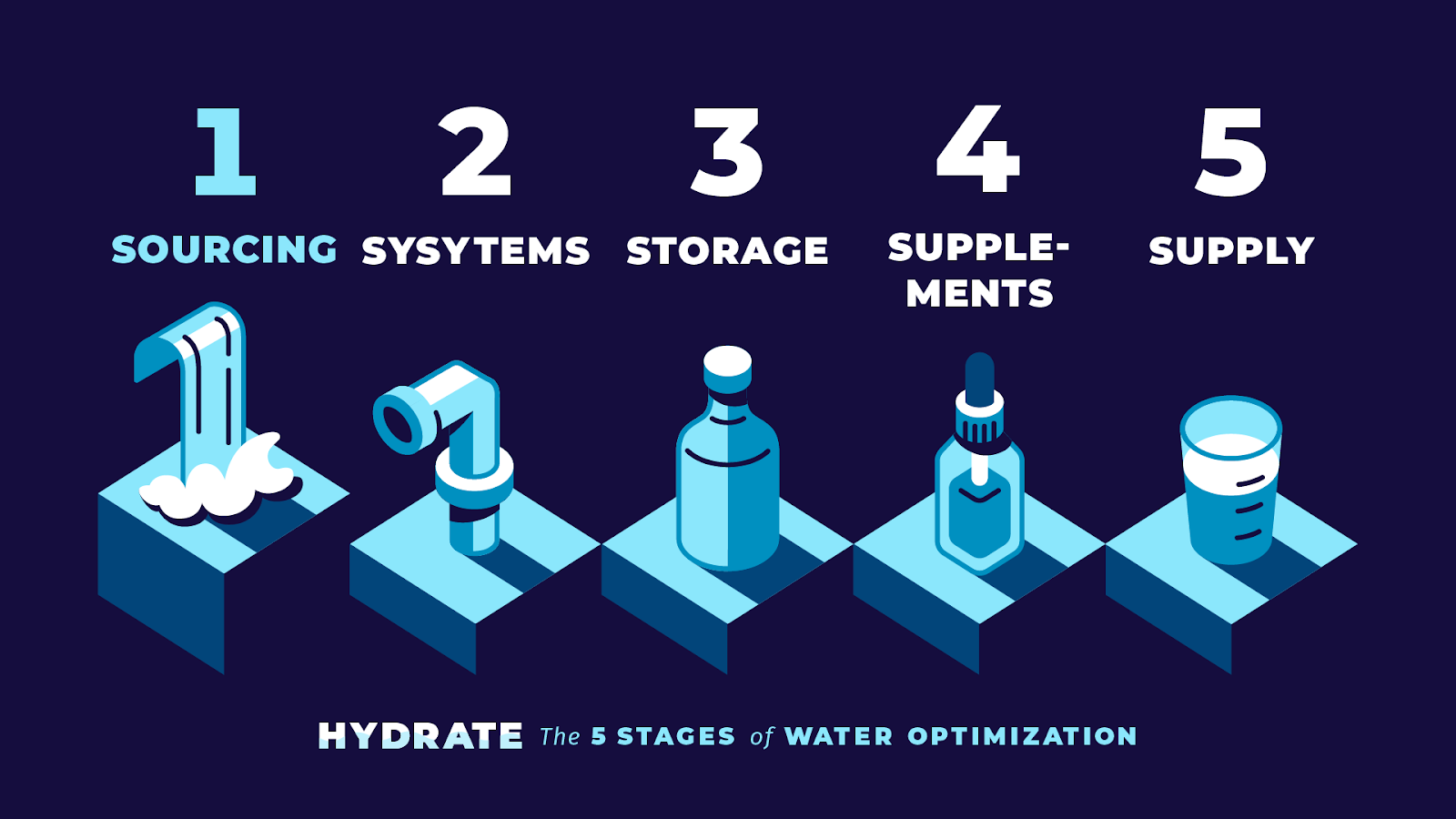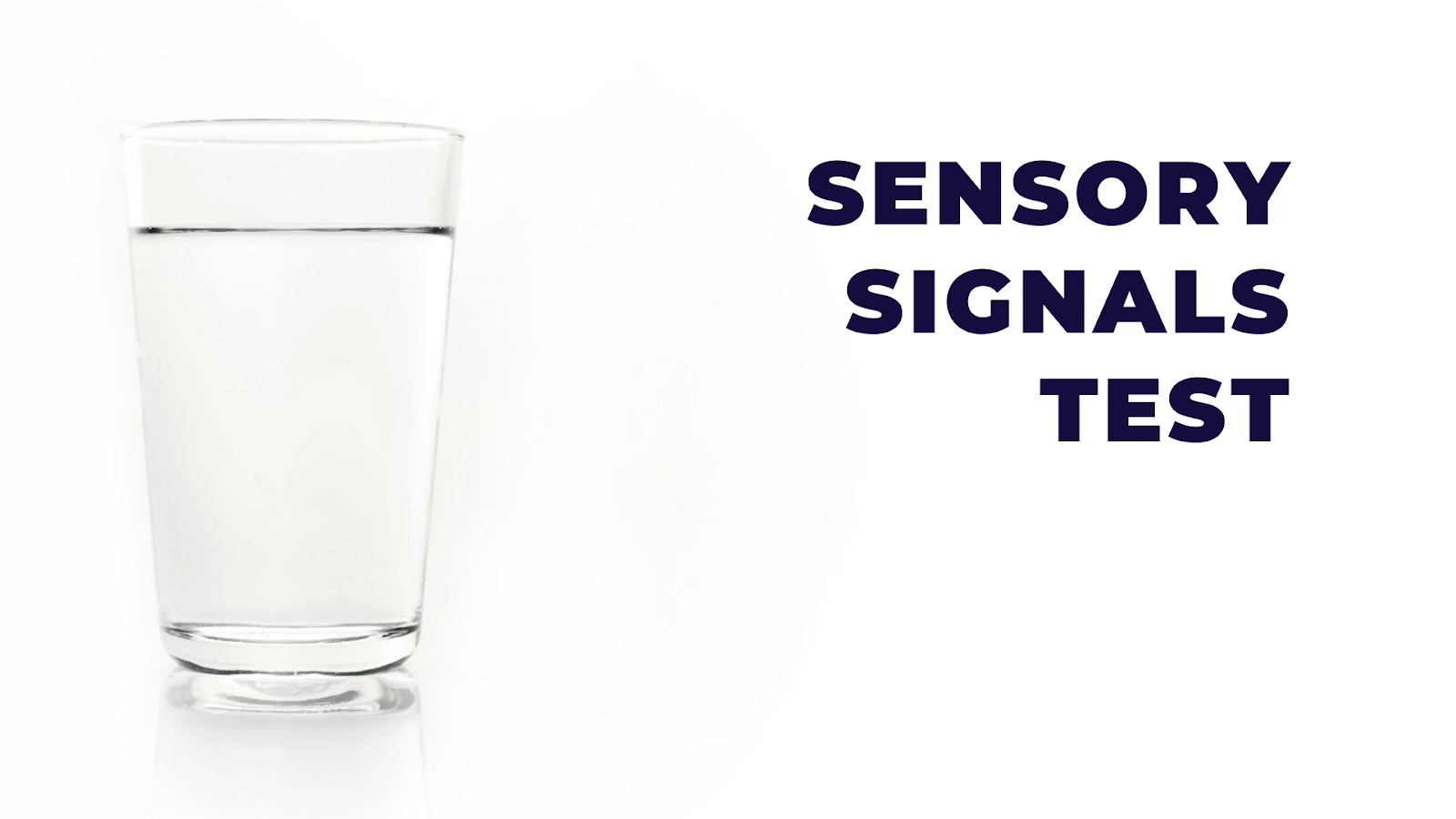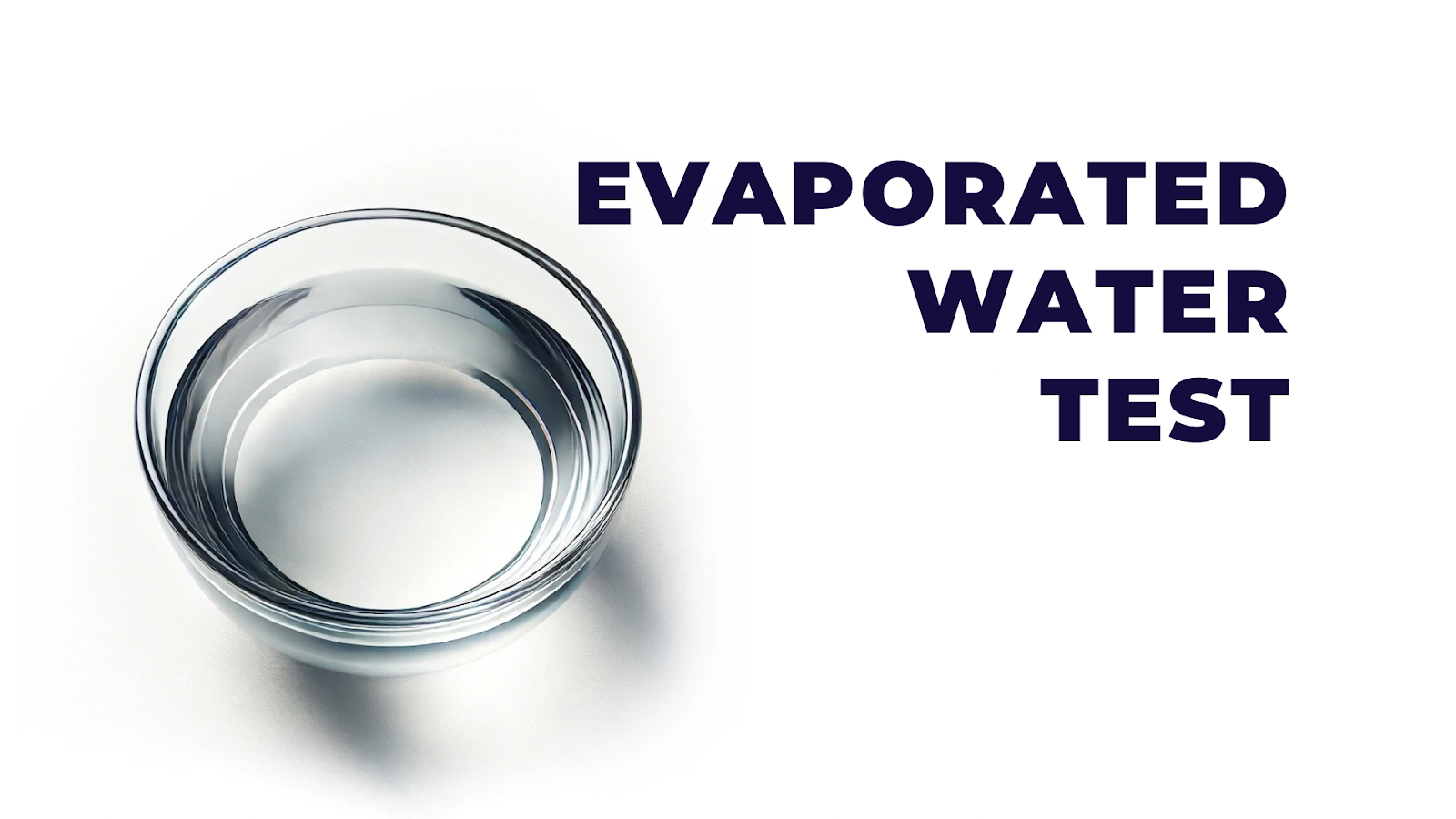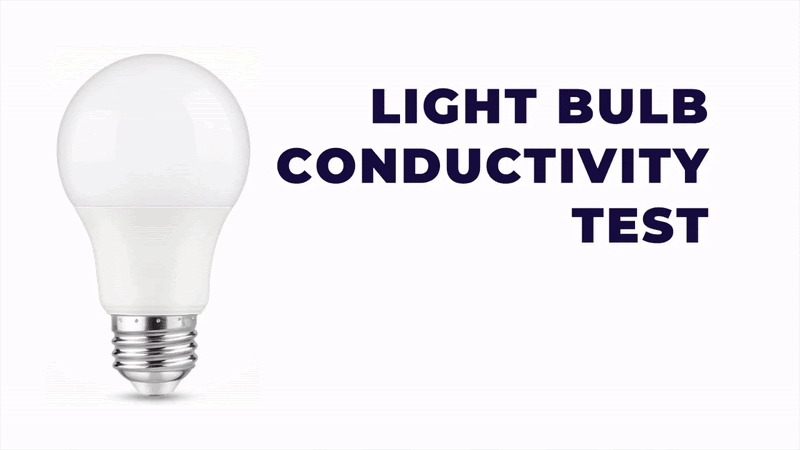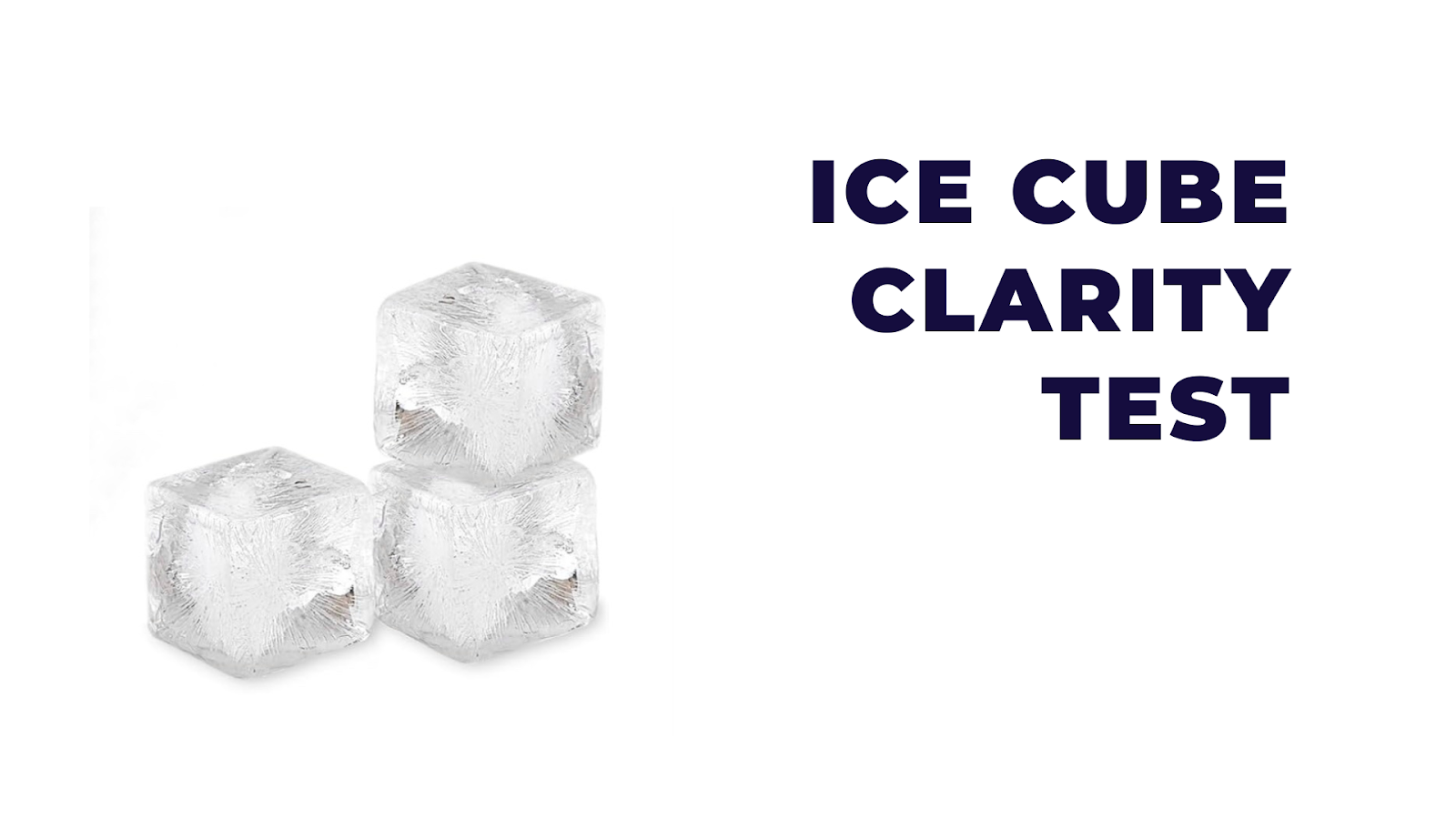Quality Cues: Simple Experiments to Better Understand Your Drinking Water
This is Stage 1.3 | SOURCING | of HYDRATE: The 5 Stages of Water Optimization
“The amount of water on the planet does not change, only its quality.”
In Search of Greater Water Autonomy
Capable of dissolving more substances than any other liquid on Earth, water is a uniquely dynamic and mutable element — and in modern times, a growing source of concern. As scientific instruments become more advanced, so too has our awareness of the many ways regulated drinking water can be exposed to — and contaminated by — a host of unsavory substances.
Public and commercial water systems have come under increasing scrutiny in recent decades. And while awareness of these issues continues to grow, overhauling aging infrastructure and entrenched industrial practices remains a multifaceted challenge — economically taxing, politically loaded, and logistically complex.
As we deepen our understanding of how water quality can support or hinder hydration, cellular functionality, and overall wellbeing, the call to personal action becomes harder to ignore. In response, many are seeking direct insights and personalized solutions — taking matters into our own hands in search of greater water autonomy.
Hands-On Methods for “Testing the Waters”
With a few household or hardware store items, these easy, DIY observation methods described below can clue us in to both the helpful and harmful properties our water source may be harboring. While these home-based experiments aren’t as precise, quantifiable, or comprehensive as the tools featured in Stage 1.0 | The Best Kits, Tools, & Tech for Drinking Water Quality Testing, they can still provide meaningful clues about its contents, potential contamination, mineral balance, pH, and treatment history for curious or concerned public water consumers.
The results may bring peace of mind or help point you toward the next best steps. Whether that means exploring other water sourcing options, opting for more advanced testing, upgrading your filtration approach, or enhancing your current source in other ways, you’ll find expanded resources and guidance throughout the larger HYDRATE article series.
To combat the preventable sickness, lost potential, and chronic suffering tied to dehydration — one of the most consequential and overlooked public health crises of our time — the HYDRATE framework explores both the challenges and solutions of modern-day hydration. Connecting readers with proven tools, technologies, and practices for securing and effortlessly consuming bioactive, nutrient-rich water, this series was created for wellness enthusiasts, biohackers, and individuals seeking greater autonomy over their health.
Drawing on leading-edge research, timeless traditions, and emerging innovations, HYDRATE distills a complex, often overwhelming subject into five distinct, actionable steps:
Evaluate or upgrade your water SOURCING 📍You are here
Improve it through targeted SYSTEMS
Contain it in safe, non-reactive STORAGE
Revitalize it with fortifying SUPPLEMENTS
Align daily SUPPLY strategies with the body’s unique needs
Go to the HYDRATE Home Page for quick access to all the articles or the Series Introduction for a contextual overview of the guiding principles, research insights, and systemic challenges that inspired this protocol, along with a full description of the 5 stages. Use the hyperlinks above to jump into any of the five main articles that contain in-depth guidance, practical strategies, curated product reviews, and other resources for upgrading your personal approach to hydration.
Stage 1 | SOURCING
Companion Articles
Stage 1 | SOURCING | The Best Kits, Tools, & Tech for Drinking Water Quality Testing → Discover the most trusted water testing kits, digital meters, and lab analysis services to reveal your water’s hidden properties – contaminants, mineral balance, strengths, and weaknesses.
1.1 | Origin Stories: The Truth About Conventional Drinking Water Sourcing → A top-level comparison of potable water sources — tap, reverse osmosis, spring, glacier, refill stations, and delivery services.
1.2 | Water Confidence & Quality Concerns: What Public Records Reveal → Learn how to access and interpret U.S. public water records, reports, and databases to better understand the quality of your household drinking water.
1.3 | Quality Cues: Simple Experiments to Better Understand Your Drinking Water → These practical, DIY home experiments can provide insights about your water’s visible, sensory, and chemical properties. 📍You are here
DISCLAIMERS: This article is for educational purposes and does not constitute medical advice, diagnosis, or treatment. Guidance, reviews, and recommendations are based on personal testing, consumer feedback, and independent research. While some research and editing were AI-assisted, all final writing and opinions are original works and the intellectual property of CHANNEL ONE. The HYDRATE framework focuses on optimizing regulated, pre-treated water from municipal, public, or commercial systems, not untreated sources such as springs, private wells, or rain catchments. While most findings and insights are framed around practices and standards upheld within U.S. systems, the information shared is intended to help readers make informed, health-conscious choices worldwide.
Seeing the Unseen: What Elemental Science & the Senses Can Reveal About Your Drinking Water
Water may be one of the most transparent and dynamic substances in the known universe — seemingly flavorless and odorless compared to other beverages. Yet with subtle sensory perception and a touch of elemental science, it can reveal surprising clues about its composition — even when nothing seems off at first glance.
Many people don’t realize how richly water can engage the senses when we slow down and pay attention. Its taste, smell, appearance, and texture can offer subtle — or sometimes striking — indicators of what may be lingering within. Beyond sensory perception, water also reveals more about itself when subjected to simple experiments: observing how it evaporates, freezes, or conducts electricity can help uncover hidden characteristics.
Sensory Signals Test
Your body is a built-in water sensor — tune in to what your senses are trying to tell you.
Your senses can often detect early warning signs that something in your water may be off, but they can also offer subtle clues about nourishing mineral content and overall water vitality. While not all substances can be tasted, smelled, or seen, tuning into your sensory impressions is a powerful first step toward developing a deeper relationship with your water; and making more informed choices about your hydration.
Keep in mind that sensory sensitivity varies from person to person. Some may easily detect treatment residues or mineral presence, while others may only notice more dramatic shifts.
Use the chart below to decode what your senses may be telling you about your everyday water source — and explore which follow-up tools or tests might offer further clarity or confirmation. If you’re unsure what you’re picking up, you might try comparing your regular water to a few other standard drinking water sources — such as bottled, home-filtered, or municipal tap — to help calibrate your palate.
| Sensation | Possible Cause | Recommended Tools |
|---|---|---|
| Clean, crisp, slightly sweet taste | Balanced mineral content, especially calcium and magnesium | TDS Meter, Comprehensive Test Strips, Lab Kit |
| Slightly mineral, earthy aftertaste | Natural trace minerals (e.g., magnesium, potassium) or spring-derived source | TDS Meter, Lab Kit (Comprehensive) |
| Silky, soft feel on skin | Slight softness from balanced mineral content or natural bicarbonates | Hardness Test, TDS Meter |
| Squeaky or slippery feel on skin | Softened water (low minerals, often artificially softened) | TDS Meter, Hardness Test |
| Sticky or filmy residue on skin | Hard water (high calcium/magnesium content) | Hardness Test, TDS Meter |
| Dry or itchy skin after washing | Chlorine, mineral imbalance, or low pH | Free Chlorine Test, pH Test, Comprehensive Strips |
| Bitter or chemical taste | High alkalinity, chlorine, or industrial runoff | pH Test, Free Chlorine Test, TDS Meter |
| Metallic taste | Iron, copper, or lead from aging pipes | Comprehensive Test Strips, Lab Kit |
| Sour or metallic taste + blue-green stains | Acidic water (low pH) causing copper pipe corrosion | pH Test, Comprehensive Test Strips |
| Chlorine or bleach-like odor | Over-chlorination by municipal treatment | Free Chlorine Test, Comprehensive Strips |
| Fishy or earthy smell | Chloramines, microbial byproducts, or seasonal blooms | Multi-Parameter Meter, Lab Kit |
| Cloudy or milky appearance | Air bubbles, calcium precipitation, or high TDS | TDS Meter, Hardness Test |
| Rust-colored stains on fixtures | Iron or manganese | Lab Kit, Comprehensive Strips |
| Blue-green stains on fixtures | Copper corrosion due to low pH | pH Test, Lab Kit (if copper is included) |
Evaporated Water Test
When water evaporates, only the hydrogen and oxygen molecules disappear — everything else it was carrying gets left behind.
This simple visual test involves placing a small amount of your everyday drinking water (½–1 cup) into a shallow glass, ceramic, or stainless steel dish and allowing it to evaporate completely at room temperature — typically over 24–48 hours, depending on heat, airflow, and humidity.
Once dry, examine the surface for any remaining residues, which can offer clues about your water’s content:
Crystalline, powdery, or chalky deposits often signal the presence of minerals like calcium, magnesium, or silica. These are usually harmless and brush away easily without soap or scrubbing.
Sticky, waxy, oily, or oddly colored films may suggest synthetic compounds, chemical additives, or heavy metals — substances not easily removed through simple filtration.
Dark, grainy particles or thin film-like coatings can indicate sediments (Fine grain particles of dirt, sand, or chipped metals from pipe corrosion), rust, or organic pollutants (such as bacteria or algae byproducts).
If no visible residue remains this may indicate a very low total dissolved solids (TDS) level — typical of distilled, chemically treated, or reverse osmosis water. While this suggests minimal contamination, it can also reflect a lack of beneficial minerals, which is considered essential for proper hydration, electrolyte balance, and cellular vitality.
Tip: For broader insight, you may want to repeat this test using water from different sources — such as tap, bottled, filtered, or rainwater — to observe how the residues vary in color, texture, and intensity.
Light Bulb Conductivity Test
If your water can carry a current, it’s carrying something else too.
This hands-on test reveals whether your water contains charged particles (ions) — the ingredients that allow electricity to flow. When two probes are inserted into a water sample and connected to a simple battery-powered circuit, the presence of dissolved minerals, salts, or additives will complete the circuit and cause a small light bulb or LED to illuminate.
If nothing lights up, your water may be too pure or demineralized to conduct electricity — a possible sign that it has been stripped of beneficial minerals and may be nutritionally vacant, lacking the electrolytes needed for hydration and cellular vitality.
Note: A glowing light doesn’t distinguish between natural, beneficial minerals and undesirable chemical residues — both types of ions will conduct electricity. So this test can confirm the presence of dissolved solids, but not their quality or safety.
Build your own simple conductivity tester with these step-by-step guides:
Instructables: DIY Conductivity Meter: A 3-step tutorial using a battery, LED, and copper wire.
Central San: Conductivity Circuit PDF: A classroom-style walkthrough perfect for homeschoolers or curious adults.
Ice Cube Clarity Test
When water freezes, its hidden contents can come more clearly into view.
By simply freezing any drinking water sample in an ice cube tray or small glass, you can observe the appearance and structure of the resulting cubes to reveal some otherwise hidden potential properties:
Cloudy centers or a white, frosted core often indicate trapped gases or higher mineral content, especially calcium or magnesium.
Cracks, bubbles, or layered textures can result from uneven freezing due to dissolved solids or chemical additives.
Clearer, more uniform ice tends to form when water is low in dissolved solids, or when air has been removed through methods like boiling or reverse osmosis.
Tip: For better contrast, a side-by-side comparison test may also be beneficial. Freeze cubes from different water sources — tap, filtered, bottled, or spring — in the same tray. Differences in clarity and structure often become much more apparent when viewed comparatively.
Up Next
Stage 2 | SYSTEMS | 11 Systems for Tapping Into Better Quality Drinking Water → Once we understand what may be hindering the natural properties of our water, the next step is to explore the best ways to treat, transform, and elevate it. This guide offers honest insights, system-by-system evaluations, and curated product suggestions to help you purify, remineralize, and revitalize your water.
< PREVIOUS POST | NEXT POST >
Quick Links
HYDRATE: The 5 Stages of Water Optimization
HYDRATE Series Home Page → Browse all 9 articles at a glance.
Series Introduction → Optimize Your Water: The Clearest Path to Better Health & Hydration
Stage 1 | SOURCING → The Best Kits, Tools, & Tech for Drinking Water Quality Testing
1.1 → Origin Stories: The Truth About Conventional Drinking Water Sourcing
1.2 → Water Confidence & Quality Concerns: What Public Records Reveal
1.3 → Quality Cues: Simple Experiments to Better Understand Your Drinking Water📍You are here
Stage 2 | SYSTEMS → 11 Systems for Tapping Into Better Quality Drinking Water
Stage 3 | STORAGE → The Most Trusted Water Bottles & Materials for Quality Controlled Storage
Stage 4 → SUPPLEMENTS | 11 Simple Supplements That Will Radically Transform Your Drinking Water
Stage 5 | SUPPLY → 11 Hydration Hacks & Supply Strategies for the New Human

